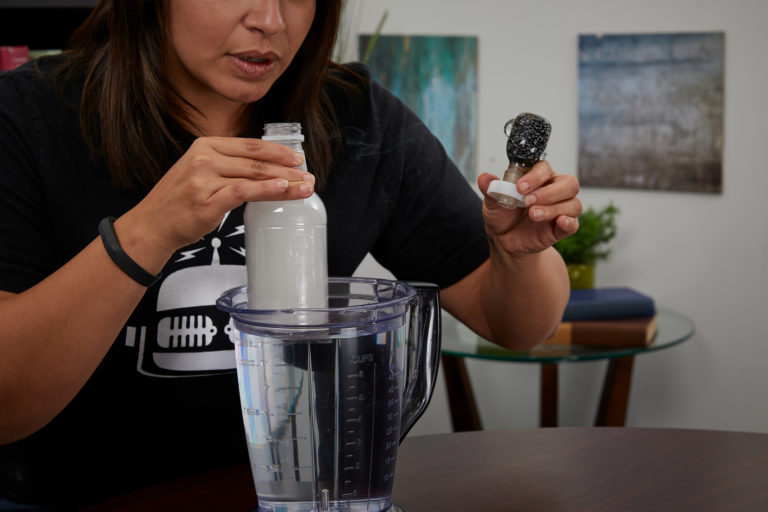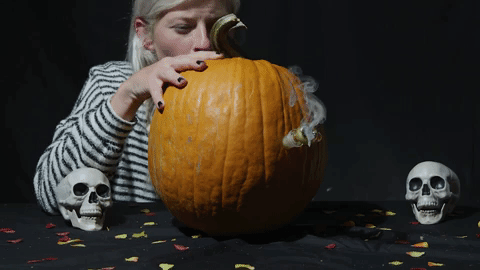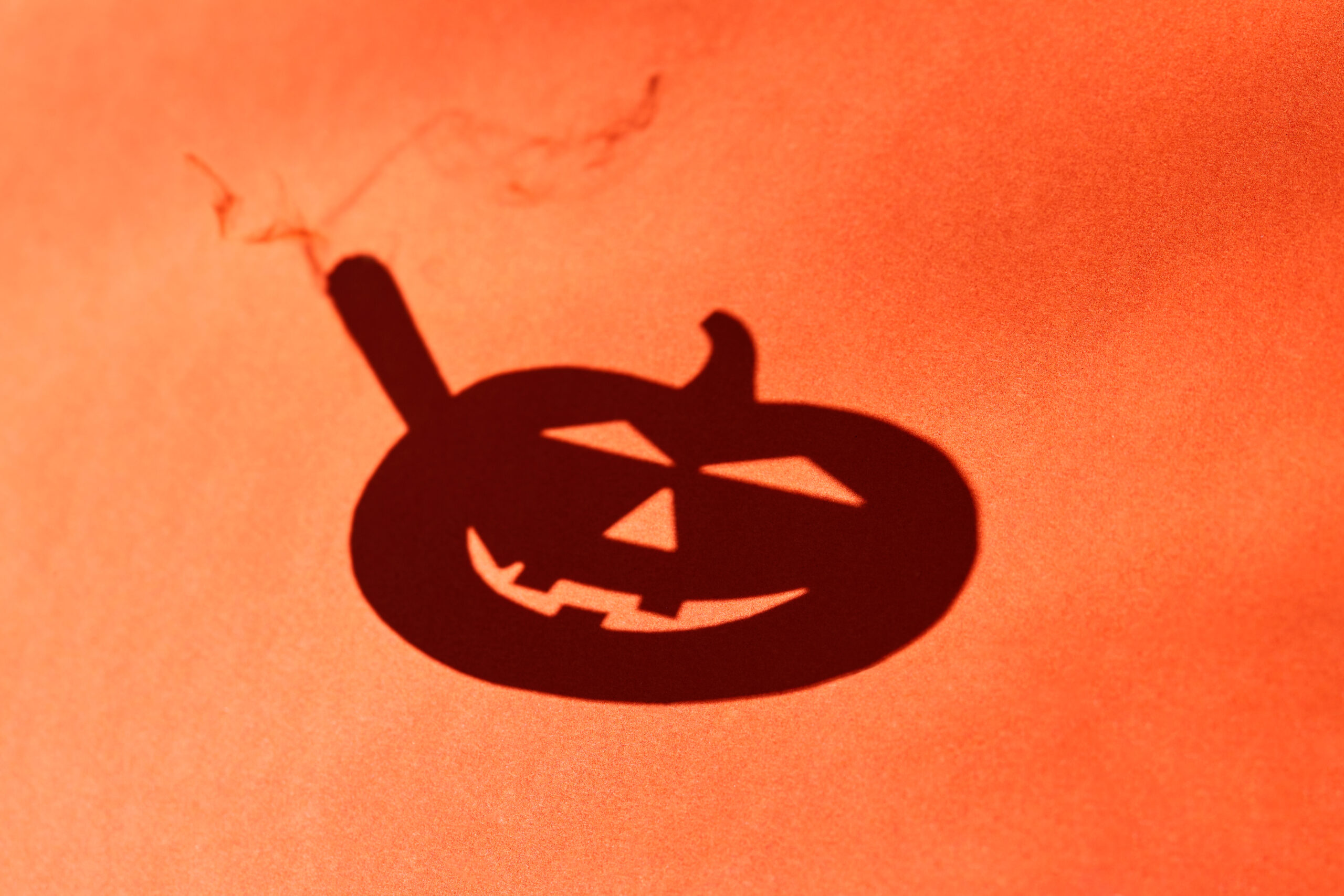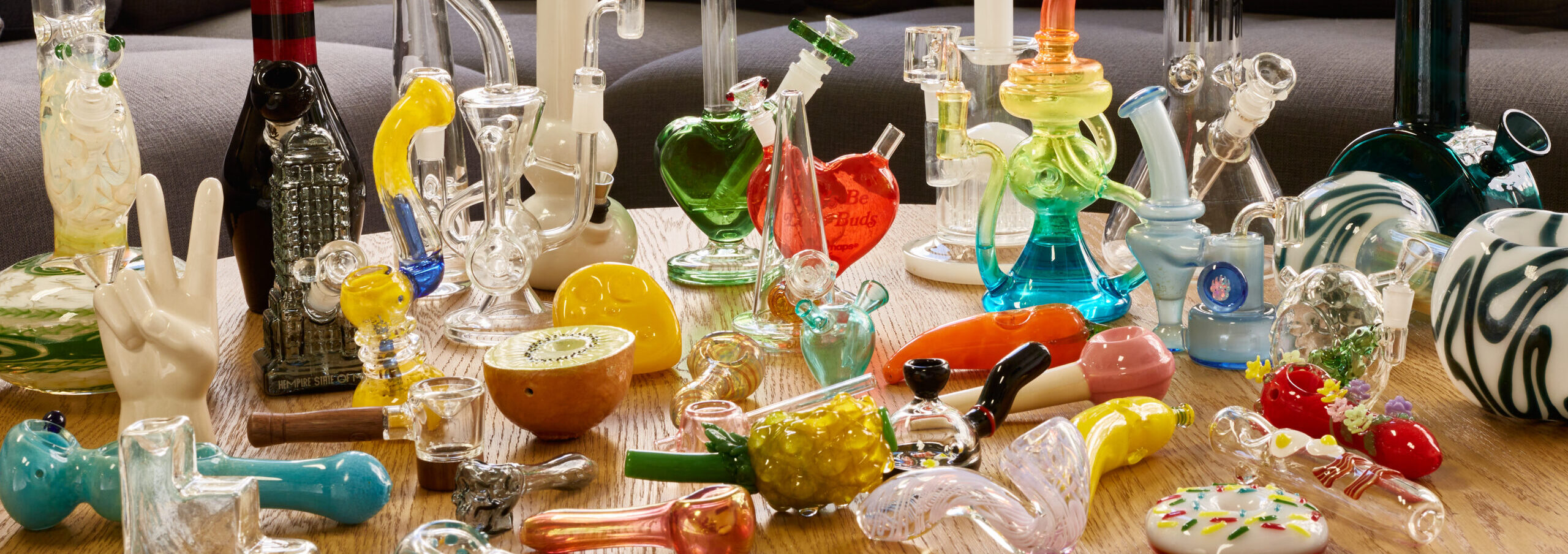A traditional glass bong is arguably one of the most satisfying ways to smoke cannabis, perhaps only rivaled by the classic joint. Today, bongs come in a variety of materials, shapes, and sizes and range in design from purely functional to artistic, smokeable sculptures.
Beloved and ubiquitous in cannabis culture, there are countless reasons why the bong is so prevalent and why many people opt to engineer homemade bongs for themselves. Convenience and novelty play a role in the popularity of homemade bongs, and you can utilize everyday items easily found or bought at your local corner store or gas station.
And if there's one thing cannabis lovers are known for, it's their ability to find ingenious and inventive ways to smoke out of almost anything. Homemade bongs encourage ingenuity and present a fun challenge and experience that allows you to be creative and make something functional that won't blow your budget.
Note: although homemade bongs are handy and relatively easy to build, they often need to be disposed of or recycled after a few uses. They're a great option best suited for when there's no other or better way to smoke — or if you just want to switch things up.
Get ideas to make your own homemade bong below.
Get bud for your bong with the Weedmaps app
Water bottle bong
The first and most beloved example of a homemade bong is the water bottle bong. These are pretty simple to make and are essentially what they sound like: a bong made out of a water bottle.
It has the same basic construction as a regular bong and tends to work just as well. Realistically, any sized plastic bottle can be turned into a bong, but the traditional 17-ounce size works best. While convenient in a pinch, it's best to dispose of it after a couple of uses and recycle the appropriate components as water bottle bongs tend to have a short life and aren't sturdy enough or recommended for daily use.
Follow our guide to make your own water bottle bong.
Gravity/waterfall bong
 Photo by: Gina Coleman/Weedmaps
Photo by: Gina Coleman/WeedmapsImage lightbox

A gravity bong, affectionately known as a "geeb" or GB, among other nicknames, and its cousin the waterfall bong are similar to the water bottle bong in materials but slightly different in design.
While both types are constructed with plastic bottles, the gravity bong lacks a downstem and requires slightly fewer parts to construct a functioning piece. In reality, the defining difference between the gravity and the waterfall bong is the size of the hole at the bottom of the bottle.
When it comes to choosing which device is right for your situation, the decision generally comes down to personal preference. Just like any bong, dosage and strain choice are important as gravity bongs tend to have fairly immediate and intense effects and you may want to avoid too high too quickly.
Follow our guide to make your own gravity or waterfall bong.
Produce bong
 Photo by: Damien Robertson/Weedmaps
Photo by: Damien Robertson/WeedmapsImage lightbox

The examples above rely on synthetic materials like plastic water bottles and aluminum foil to create a puffable pipe, but there are more organic, healthier, and entertaining items that can be transformed into a piece as well.
Apple pipes are arguably the most common produce bong because they're super cheap, easy to make, and boast a pleasant apple flavor that accompanies each hit.
For bigger hits and a bit more novelty, a watermelon bong is a refreshing addition to any backyard BBQ or summer hang-out. Similarly, a pumpkin bong could delight guests for a Halloween or Danksgiving celebration.
An added bonus? Produce bongs can be composted after the session and used later in your garden. All this is to say, there are quite a few options when it comes to crafting a homemade bong, so the possibilities are really only limited by your own creativity or what you have laying around the house.
Follow our guide to make your own apple bong.
Follow our guide to make your own watermelon bong.
Follow our guide to make your own pumpkin bong.
What are the pros and cons of homemade bongs?
Homemade bongs are great when you're in a pickle (or have a pickle) and have nothing better to smoke with. They can help spice up a stale routine, they're relatively cheap or free to make, and they ultimately do the job of consuming cannabis.
However, due to their homemade nature, these bongs tend to be somewhat flimsy and don't last very long. You also wouldn't want them to last very long since smoking out of plastic and aluminum foil is far from ideal as those substances create toxic fumes when burnt or melted. Using them occasionally may not be a big deal, but prolonged exposure or daily use can be potentially unhealthy.
While produce pipes don't run the same health risks posed by burning plastic, they aren't viable for long.
Ultimately, homemade bongs are supposed to be last resort options or one-off experiments rather than go-to smoking devices.
Bottom line
Homemade bongs are a useful tool when you need a smokeable piece and have nothing else to use or are just looking for an entertaining project. They are cheap, fun to make, and an effective short-term solution.
While they shouldn't be your everyday device, they are great for getting creative and trying something new. Whether it's a gravity bong or a pumpkin pipe, they'll get the job done, but clean glass will always be the safest and healthiest option when it comes to enjoying a bong rip.



